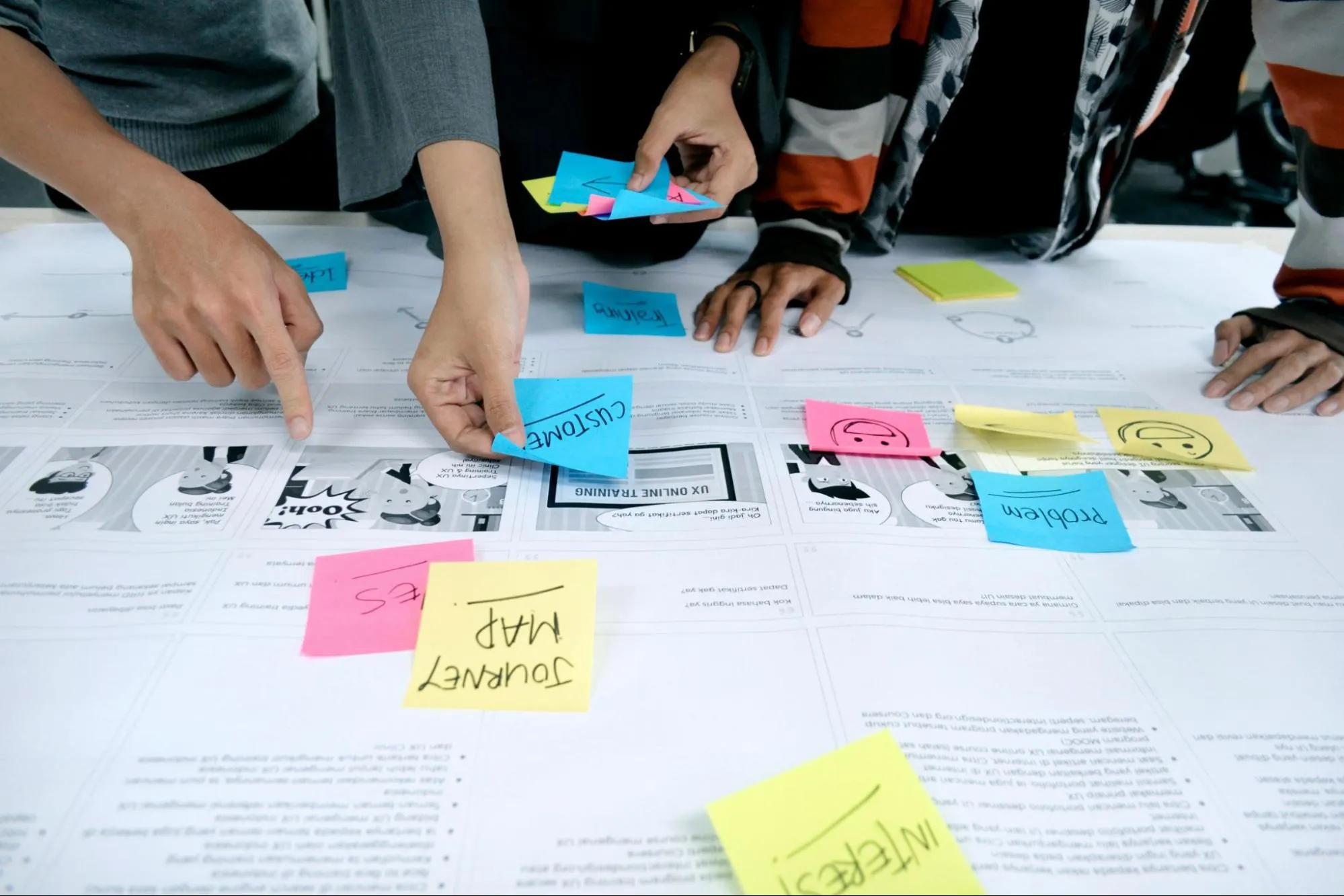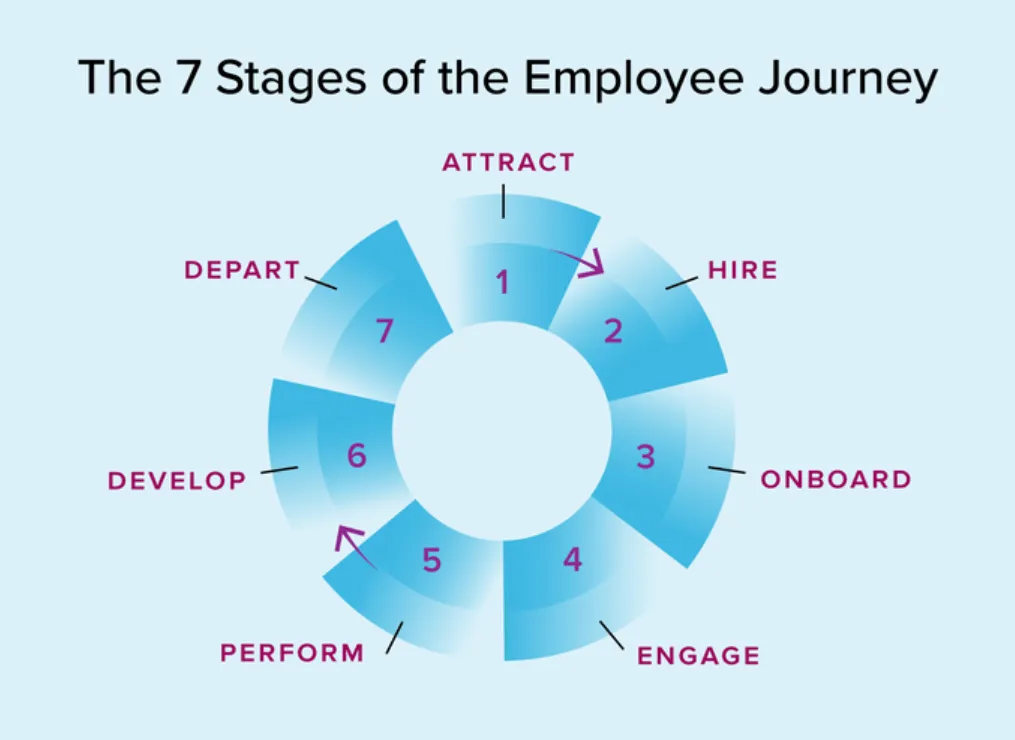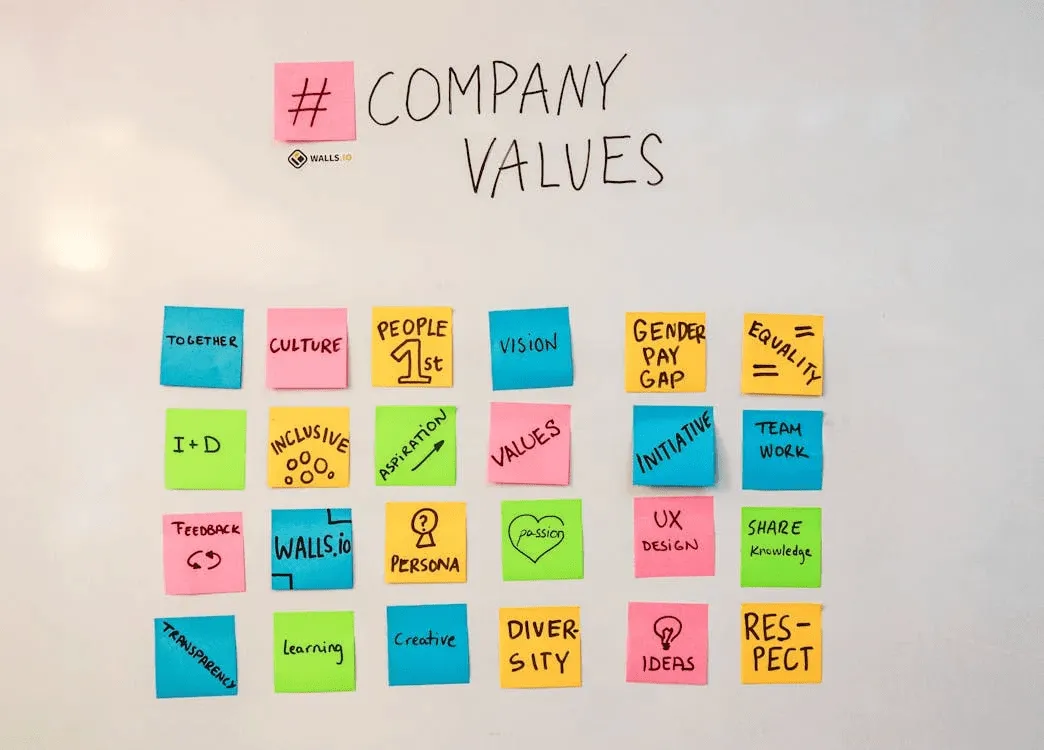A Guide to Crafting an Employee Journey Map for Organizational Success

A lot of companies rely heavily on just one thing to measure how engaged their employees are- an employee engagement survey.
But in any workplace, there are employees at different stages, right? You’ve got the newbies going through their onboarding, the seasoned props that have been there for ages, and everyone in between. And each person’s journey at work is totally unique – from the training they’ve had to the goals they’ve achieved.
Now, with these surveys, it’s tough for companies to really understand how all these different experiences add up. That’s why many companies are turning to something called employee journey maps. These maps help them gather valuable feedback at every step of an employee’s time with the company.
In this guide, we’ll give you the lowdown on what exactly an employee journey map is and how you can create one for your own workplace. Let’s get started.
What is Employee Journey Mapping?

Employee journey mapping is like plotting out a step-by-step guide of an employee’s entire ride, from the moment they first think about applying for a job to when they eventually say their goodbyes.
But it’s not just about jotting down what happens at each stage. It’s about looking into how they feel and what they experience along the way. This technique helps companies really get what their employees go through, showing them where things are great and where they could be better. Because once you’ve understood an employee’s experience from when they’re in an applicant pool for recruitment, to when they’re moving on to their next step, you can ensure they’re always having a positive experience.
Stages of the Employee Journey

As mentioned earlier, your employees are all at different stages of their journey with your company. These have been broken down into seven, including:
-
•
Attraction: This is all about putting your best foot forward to catch the eye of potential candidates and entice them to join your team.
-
•
Hiring: Once you’ve found the perfect match, it’s time to seal the deal. This is where you extend the offer and officially welcome new team members into the fold.
-
•
Onboarding: Newbies begin their journey, forming opinions of company culture, with a focus on creating belonging and providing top-notch training on company tech like employee time management platforms and communication portals.
-
•
Engagement: Engaged employees are like your company’s biggest fans—they’re enthusiastic, motivated, and ready to give their all to help the team succeed.
-
•
Performance management: Just like a coach guiding their team to victory, performance management is about setting goals, providing feedback, and helping employees grow and improve over time.
-
•
Team Management: Effective team management plays a pivotal role here, fostering collaboration, resolving conflicts, and ensuring that everyone is aligned toward achieving common objectives.
-
•
Development: Every employee has their own unique career journey, and development is all about helping them reach their full potential by providing opportunities for learning, growth, and advancement.
-
•
Departing: Saying goodbye is never easy, but when it’s time for employees to move on, it’s important to part ways on good terms and wish them well in their future endeavors. Who knows? They might even come back someday as a boomerang employee!
Following the completion of the journey stages, it’s important to incorporate performance metrics such as productivity, quality of work, and employee satisfaction. These metrics enable organizations to make data-driven decisions and continually improve the employee experience.
Crafting Employee Journey Maps in 5 Simple Steps
Creating an impactful employee journey map is key to enhancing the employee experience. By breaking down the process into clear steps, you can ensure you capture every aspect of employee interactions. Let’s explore each step in detail:
Step 1: Define Your Objectives:

You’ve got big dreams for your company, right? Maybe you’re looking to smooth out that bumpy onboarding road, or perhaps you’re on a mission to keep your A-team locked in and loving their job. Whatever the case, defining your objectives can help you to get crystal clear on what you want to achieve so that you can tailor this journey map to fit these goals.
To do this, you’re going to want to set some SMART goals: Specific, Measurable, Achievable, Relevant, and Time-bound. Say you work at a data company and want to ensure your employees in their development stage feel engaged and are constantly learning. Your SMART goal might look a little something like this: Implement a certification for data engineering program and ensure that 90% of eligible employees complete the certification within the next 12 months.
Step 2: Identify Employee Personas:
Understand who your employees are by segmenting them into distinct personas. Consider factors like job roles, seniority, departmental functions, and career aspirations. By defining these personas, you can create journey maps that resonate deeply with each group’s experiences.
For instance, you might have “The Mentor” persona, a seasoned professional who excels in guiding and nurturing new hires, crucially impacting the onboarding and development stages of the employee journey cycle.
Step 3: Map Out Unique Journeys:
Detail the distinct journeys of each persona, tracing their path from recruitment to exit. Highlight key touchpoints, emotions, and milestones associated with each phase. Personalizing the journey for each persona helps identify specific pain points and opportunities for improvement.
For example, “The Tech Enthusiast” persona might start with attending tech meetups during the attraction stage, then undergo rigorous coding challenges in hiring, create informative guides like the Delta Book in the engagement stage, and later feel fulfilled by leading innovative projects in the engagement stage. Highlighting key touchpoints, emotions, and milestones associated with each phase helps tailor the employee journey for maximum impact.
Step 4: Gather Employee Feedback:

You know how important it is to keep your employees feeling engaged and awesome, right? Well, to really understand what’s going on in their world, and demonstrate your commitment to valuing employees, you gotta ask!
Keep it simple – toss out some employee engagement surveys, have a 1-1 chat, or just grab a coffee together. Hearing their thoughts straight from the source helps you tweak things to make their work lives even better.
Additionally, consider utilizing document translation services if you have a diverse workforce, ensuring that all employees, regardless of their primary language, can provide valuable feedback in a language they’re comfortable with.
You could also consider leveraging ambassador marketing programs where enthusiastic employees can advocate for the company, providing valuable feedback and insights from a unique perspective.
Remember, providing clarity on policies and expectations is essential. Consider incorporating an employment contract template to ensure transparency and alignment between the company and its employees.
Step 5: Identify Opportunities for Improvement:
So you’ve mapped out the whole employee journey now, yay! Now it’s time to dig deep. Look for those spots where things could use a little boost, these are golden chances to level up the entire employee experience. Maybe it’s improving the onboarding process or improving those ongoing learning opportunities. By pinpointing these areas, you can work to create winning strategies to make your team thrive, turning those “meh” moments into “heck yeah” wins!
Final Thoughts
Crafting an employee journey map isn’t just about understanding each stage of the employee experience, it’s about improving it. By breaking down the process into clear steps, you can pinpoint areas for improvement and create tailored strategies to meet your team’s needs. So, whether you’re just starting out and wanting to create a positive company culture or looking to revamp your approach, following these simple steps will pave the way for organizational success and a workforce that’s truly living their best work lives.




